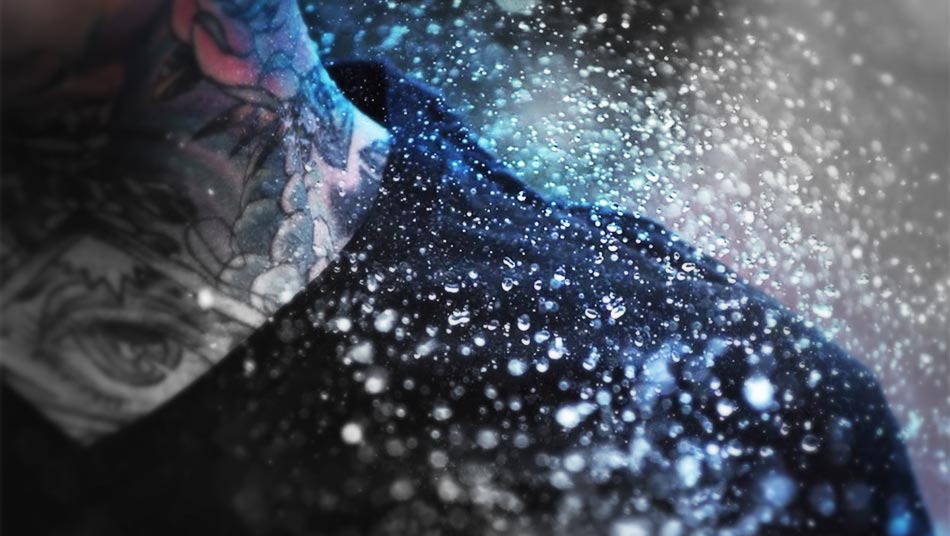
Some revolutions can be very silent, known mainly to the insiders. But you must have heard in the last few years about nanotechnology and how it will potentially influence our lives in a very radical way. It is a manipulation of matter at an atomic, molecular and supermolecular scale. Nano objects are measured in nanometers, a billionth of a meter. Which makes them not observable by anybody, since they’re even smaller than a single wavelength of visible light.

The applications of such a technology are impressively widespread. Imagine customised nanoparticles delivering drugs directly to targeted diseased cells in your body (once perfected it could reduce the damage that treatments such as chemotherapy does to healthy cells). Or engineered nanoparticles attacking industrial waste waters, converting contaminating chemicals to make them harmless. Space travel could become significantly more practical since materials developed through nanotechnology are proving to be more light, resistant and durable (less weight equals to less fuel). And in electronic devices, basically anything that can be engineered at a molecular level translates in lighter, thinner, more performing devices, with longer lasting batteries.
There are researchers out there who even believe that it might be possible to put the power of all today’s present computers in the palm of your hand. Now, let’s narrow it down to our field, fashion. Because the experiments that have been going on are mind-blowing and really promise to entirely change the way we think, conceive and wear our clothes in a not distant future. In fact, nanotechnology fabrics are already on the market, even though the most amazing applications are still to be presented. Right now, clothes featuring nanotechnology are basically made with standard fabrics that have been sprayed or coated with a nano-layer (which, for instance, repels water in a way that was unthinkable before). But what we should expect quite soon is actual nanofibers, combining nanoparticles and nanofilaments as an integral part of the weave.

What does this mean? Well, we might shift from the generation of smartphones to that of smartclothes. Some of the results being tested on fabrics are already unbelievable. Silver nanoparticles added to clothing have an incredibly powerful ability to kill bacteria and fungi, preventing nasty odours. If you’re a geek or simply fascinated by new tech, you might have seen those YouTube videos of working gloves or shoes plunged into deep mud or oil and coming out magically clean: nanoparticles, repelling stains and water at the same time. It really does look like magic, but it’s technology. Arthur C. Clarke’s third law in practice.
But this is just a fraction of the possibilities. Nanoparticles of titanium dioxide or zinc oxide can be integrated in your garments and act as a skin protection from sun rays. Student projects managed to create a bodysuit that repeles malaria-carrying mosquitoes, as well as a solar-powered cotton dress that can charge your phone. Imagine how fashion would change if you had a garment that can change colour when the distance between nanoparticles is manipulated perhaps through an electrical charge. We’ve already been talking about wearable technology but this is a whole other level.

Much of the technology – it is very sad to say but this is what always happens first, before going mainstream – is already being implemented in military applications, such as fabrics which can detect, through the use of specifically designed nanoparticles, certain kinds of dangerous gases and explosives, or stab-proof outfits. But the development in research are astounding and textile nanotechnology labs like the one at Cornell University in the US are bringing scientists to the table with fashion designers.

At ITS we had a hint of what nanotechnology can do in fashion with the work of Yuima Nakazato, who was already working with NASA nanotechnology unrippable fabrics back in 2008 (you should check how he evolved from there on his website). We know it’s just the beginning and that we’ll see more incredible things coming, especially when nanotechnology will combine with materials like graphene. But that’s an entirely different subject which deserves space for itself and we’ll soon talk about it separately.